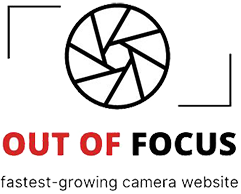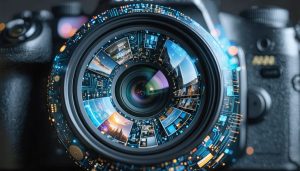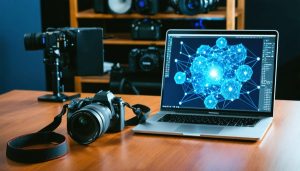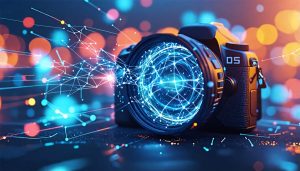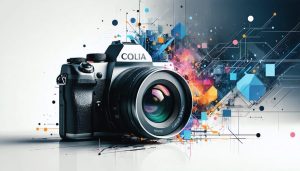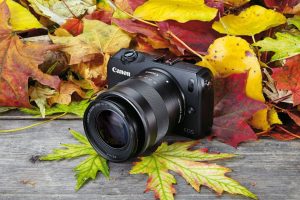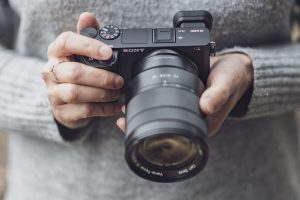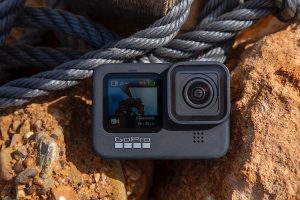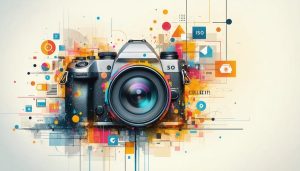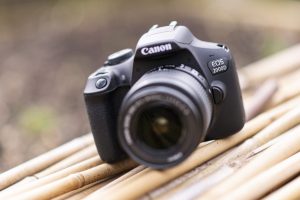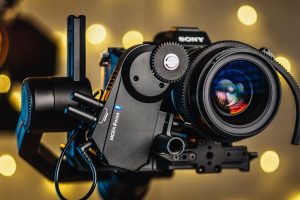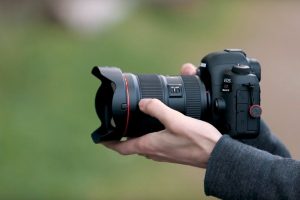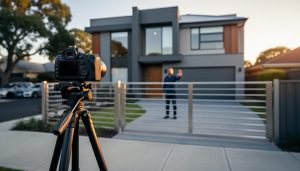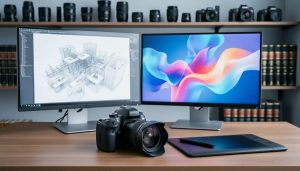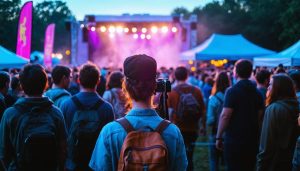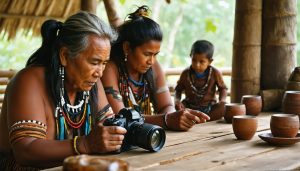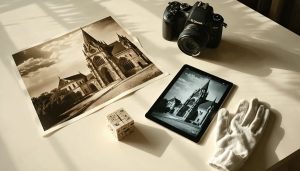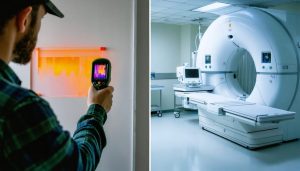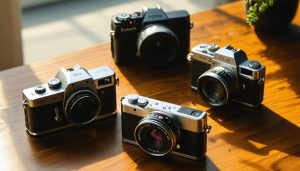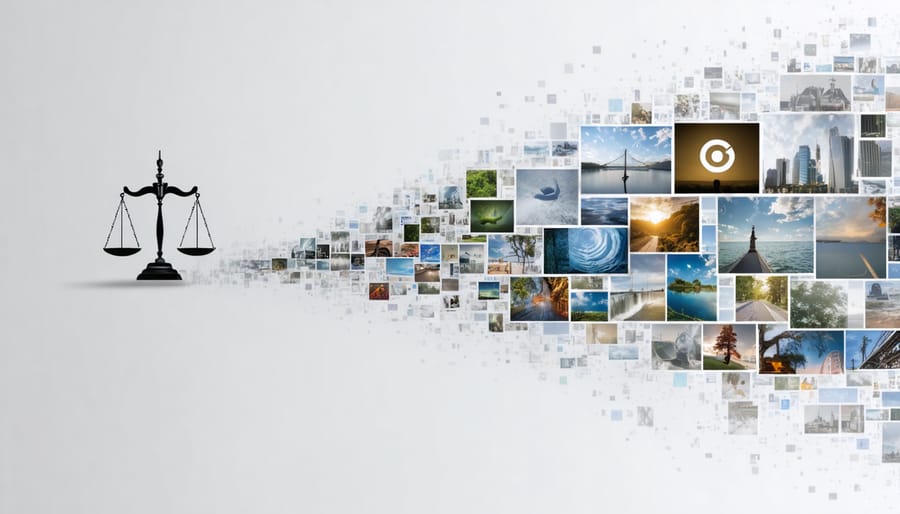
In the rapidly evolving landscape of AI photography, copyright protection remains a complex and often misunderstood territory. While traditional photographs have clear ownership rights, AI-generated images exist in a legal gray area that continues to challenge creators, businesses, and legal experts alike. Recent court decisions have established that purely AI-generated images cannot be copyrighted in their raw form, as they lack human creative input. However, when photographers meaningfully modify or incorporate AI-generated elements into their original works, the resulting images may qualify for copyright protection. This distinction has become increasingly crucial as more professionals integrate AI tools into their creative workflow, raising urgent questions about ownership, commercial usage rights, and creative attribution. Understanding these nuances isn’t just academic—it’s essential for protecting your creative assets and maintaining professional integrity in an industry where the boundaries between human and machine creativity continue to blur.
Current Copyright Status of AI-Generated Images
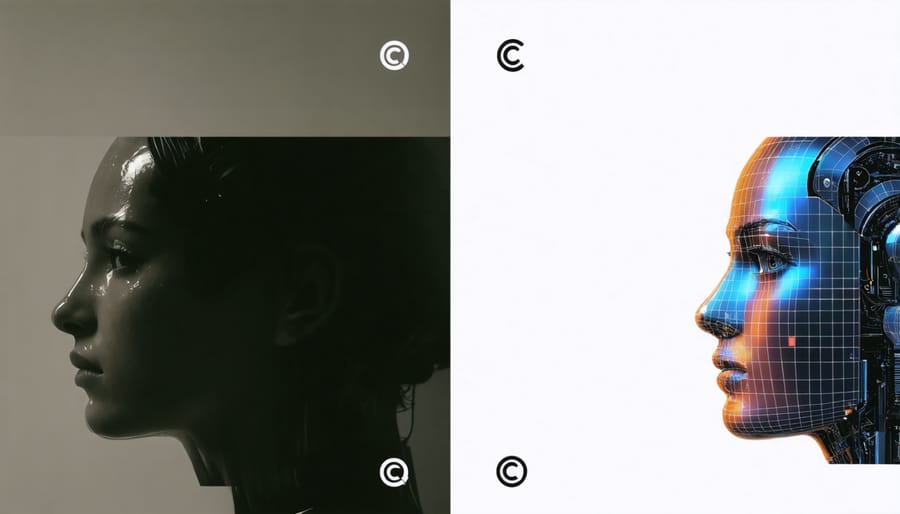
Legal Precedents and Recent Rulings
The legal landscape for AI-generated images is still evolving, with several noteworthy cases shaping our current understanding. In 2022, the U.S. Copyright Office made headlines when it partially rejected Steven Thaler’s copyright registration for an AI-generated artwork titled “A Recent Entrance to Paradise,” stating that creative works must be authored by humans to qualify for copyright protection.
More recently, Getty Images’ lawsuit against Stability AI in early 2023 has become a pivotal case. Getty alleged that Stability AI used millions of copyrighted images to train their AI system without permission, raising questions about the legality of AI training data and resulting outputs.
A significant ruling came from the Chinese courts in 2023, where they recognized certain AI-generated content as eligible for copyright protection – but only when substantial human creative input was involved in the process. This decision has influenced discussions worldwide about the balance between human creativity and AI assistance.
The European Union has also weighed in through various court interpretations, generally maintaining that AI-generated works without meaningful human input fall into the public domain. However, works created through human-guided AI processes may receive protection under certain circumstances.
These precedents suggest that while purely AI-generated images currently lack copyright protection in most jurisdictions, images created through significant human curation and direction may qualify for legal protection.
Different AI Image Generation Models and Their Terms
Let’s explore some popular AI image generation platforms and their specific terms of use. Midjourney, one of the leading AI image editors, grants basic usage rights to subscribers but maintains complex terms regarding commercial use. Users receive a non-exclusive license to their generated images, meaning both the user and Midjourney can use the images commercially.
DALL-E 2 by OpenAI offers more straightforward terms, giving users full ownership rights to their generated images, including the ability to use them commercially and sell them. However, OpenAI prohibits creating images that violate their content policy or third-party rights.
Stable Diffusion takes a unique approach by being open-source, allowing users to run the model locally. This generally means more flexibility in usage rights, but it’s important to note that the training data’s origins could still affect the legal status of generated images.
Each platform has its own specific restrictions regarding adult content, violence, and political imagery. Before using any AI-generated images professionally, it’s crucial to review the current terms of service for your chosen platform, as these terms frequently update to adapt to evolving legal frameworks and industry standards. Remember that even if a platform grants you usage rights, you’re still responsible for ensuring the generated content doesn’t infringe on existing copyrights or trademarks.
Commercial Use Considerations
Personal vs. Commercial Usage Rights
When it comes to AI-generated images, understanding the distinction between personal and commercial use is crucial for photographers and content creators. For personal projects, such as creating artwork for your home or sharing images on social media without monetary gain, the usage rights are generally more lenient. However, once you step into commercial AI image usage, the legal landscape becomes more complex.
Most AI image generators offer different licensing tiers. For personal use, many platforms allow you to create and use images freely, provided you comply with their terms of service. This typically includes creating content for personal blogs, social media posts, or non-commercial creative projects.
Commercial usage, however, often requires a paid license or subscription. This covers scenarios like:
– Using AI-generated images in client work
– Incorporating them into products for sale
– Featuring them in advertising materials
– Including them in commercial publications
It’s important to note that some AI platforms explicitly prohibit certain commercial uses, even with a paid license. For instance, you might not be able to use AI-generated images for company logos or trademark applications. Additionally, some services retain partial rights to the images created using their technology.
Before using AI-generated images professionally, always:
– Review the platform’s terms of service thoroughly
– Verify the specific usage rights granted
– Keep documentation of your licenses
– Consider potential limitations on image modification
– Check for any attribution requirements
Remember that these guidelines are evolving as the technology and legal framework continue to develop, so staying informed about current policies is essential for both personal and professional use.
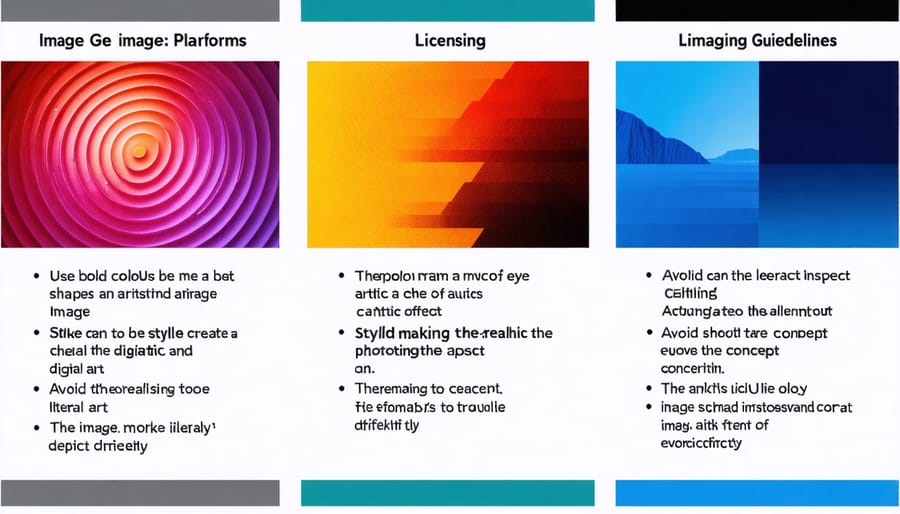
Licensing and Attribution Requirements
When using AI-generated images, proper licensing and attribution are crucial for both legal compliance and ethical practice. Most AI image generators offer different licensing tiers, each with specific requirements and restrictions. For instance, Midjourney provides commercial usage rights for paying subscribers, while DALL-E allows both personal and commercial use with certain limitations.
To properly license AI-generated images, first verify the terms of service for your chosen AI platform. Many require attribution to both the AI tool and the fact that the image is AI-generated. A typical attribution might read: “Image created using [AI Platform Name]” or “AI-generated artwork by [Your Name] using [Platform Name].”
Some key licensing requirements to consider:
– Always maintain records of which AI platform generated each image
– Document the prompt used to create the image
– Keep proof of your subscription or licensing payment
– Save the original output file with its metadata
– Include required attribution in your published work
For commercial projects, consider purchasing extended licenses when available. These often provide additional rights and reduce attribution requirements. Some platforms offer royalty-free licenses for AI-generated content, but be sure to read the fine print about usage limitations.
Remember that licensing terms can change, so regularly review the platforms’ terms of service. When in doubt, err on the side of over-attribution rather than under-attribution. This protects you legally and helps maintain transparency about the AI-generated nature of your images, which is becoming increasingly important in professional contexts.
Protecting Your Work
Documentation and Record-Keeping
Maintaining detailed records of your AI-generated images is crucial for both legal protection and professional organization. As part of your AI photography workflow, establish a systematic approach to documenting your AI creations.
Create a dedicated database or spreadsheet that includes essential information for each AI-generated image: the date of creation, the AI model or platform used, any prompts or parameters utilized, and the intended usage rights. Save screenshots of the generation process and maintain copies of any terms of service or license agreements from the AI platform.
For commercial projects, document all client communications regarding AI image usage and obtain written consent when necessary. Keep records of any modifications made to the AI-generated images and maintain version histories. This documentation can prove invaluable if questions about ownership or usage rights arise.
Consider implementing a naming convention that clearly identifies AI-generated content in your archive. For example, prefix filenames with “AI_” or include relevant metadata tags. Store these records alongside your original image files and back them up regularly.
Remember to retain any platform-generated certificates or authenticity markers, as these may become important for proving the origin and legitimacy of your AI-created images. This comprehensive documentation approach not only helps protect your rights but also demonstrates professional responsibility in your creative practice.
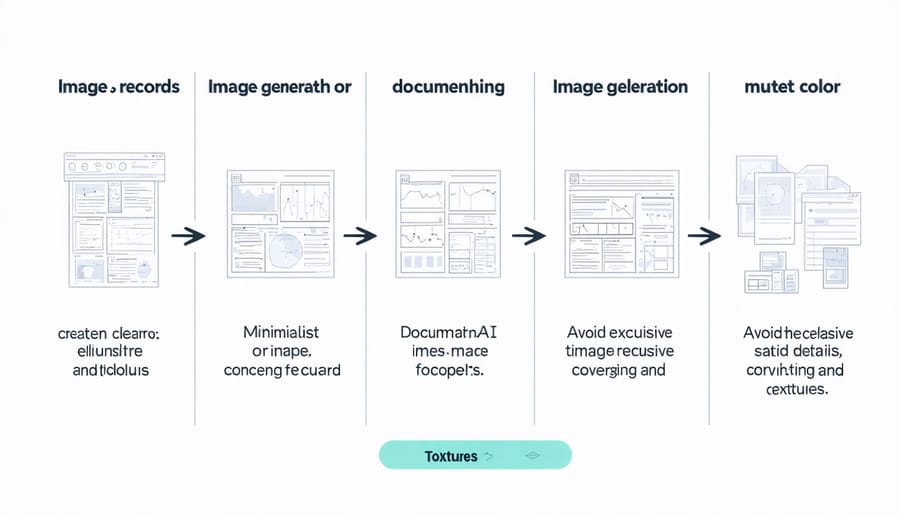
Risk Mitigation Strategies
To protect yourself when using AI-generated images, consider implementing these proven risk mitigation strategies. First, thoroughly document your AI image generation process, including the platform used, prompts entered, and date of creation. This documentation serves as evidence of your original creation process if questions arise later.
Always review the terms of service for your chosen AI image generation platform. Some services grant you full commercial rights to the images you create, while others may have usage restrictions. Keep copies of these terms, as they may change over time.
Consider registering your AI-generated images with copyright offices where possible, though be transparent about their AI-generated nature. While this area of law is still evolving, registration can provide an additional layer of protection.
When using AI-generated images commercially, include clear disclaimers about their origin. This transparency not only builds trust with your audience but also helps prevent potential legal complications. Consider adding watermarks or metadata that indicate the image’s AI-generated status.
Create a personal policy for AI image use, including guidelines for attribution and documentation. Keep detailed records of where and how you use these images, particularly for commercial projects. If possible, obtain written confirmation from clients that they understand and accept the use of AI-generated images in your work.
Finally, consider obtaining liability insurance that specifically covers AI-generated content usage, as this emerging field may present unique risks not covered by standard policies.
Future Implications
The landscape of AI-generated image copyright law is rapidly evolving, and several key developments are likely to shape its future. As AI technology becomes more sophisticated, we can expect to see more nuanced legal frameworks emerging to address the unique challenges these images present.
One significant trend is the potential development of AI-specific copyright categories. Traditional copyright law wasn’t designed with AI in mind, and lawmakers worldwide are beginning to recognize the need for specialized regulations. We might soon see new classifications that distinguish between human-created, AI-assisted, and fully AI-generated works, each with its own set of rights and restrictions.
The role of AI companies in copyright ownership is also likely to become clearer. Currently, companies like Midjourney and DALL-E have different terms of service regarding image ownership. Industry standardization may emerge, providing more consistent rights across different AI platforms. This could include clearer guidelines about commercial usage, attribution requirements, and licensing structures.
Blockchain technology might play a crucial role in tracking AI image ownership and usage rights. We’re already seeing experiments with NFTs and digital watermarks for AI-generated content, which could become standard practice for establishing provenance and protecting creators’ rights.
Another important consideration is the potential impact on professional photographers and artists. As AI-generated images become more prevalent, the industry might adapt by developing new certification systems for authentic human-created work. This could lead to a two-tier market where both AI and human-created images have distinct value propositions.
The question of training data and derivative works will likely become more prominent. Future regulations might require AI companies to be more transparent about their training data sources and provide compensation mechanisms for artists whose works are used in training datasets.
Looking ahead, photographers and content creators should stay informed about these developments and be prepared to adapt their practices accordingly. While the current landscape might seem uncertain, clearer guidelines and protections are likely to emerge as the technology matures and legal frameworks catch up with innovation.
As we’ve explored throughout this article, the landscape of AI-generated images and copyright law is complex but navigable. The key takeaway is that while AI-generated images exist in a legal gray area, photographers should approach their use with careful consideration and protective measures.
To safely incorporate AI-generated images into your photography work, remember these essential guidelines: Always check the terms of service for any AI image generation platform you use, maintain detailed records of image creation and usage rights, and consider watermarking or documenting your creative process when using AI-assisted tools.
For professional photographers, it’s advisable to explicitly communicate with clients about any AI-generated elements in your work and include specific terms in your contracts regarding AI image usage. Additionally, staying informed about evolving copyright laws and industry standards will help you adapt your practices as this technology continues to develop.
Moving forward, consider developing a personal policy for AI image use that aligns with your professional ethics and business needs. This might include deciding which aspects of your workflow could benefit from AI assistance while maintaining the authentic, human-created elements that make your work unique.
Remember, the safest approach is to treat AI-generated images with the same respect and careful documentation as you would any other creative asset. When in doubt, consult with a legal professional who specializes in digital copyright law to ensure your work remains protected and compliant.
